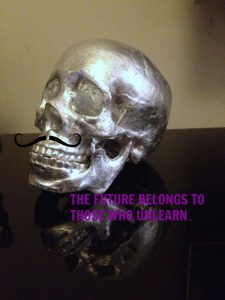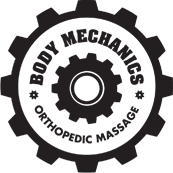
This blog was inspired by the fact that we spend a lot of time trending hard and obsessing over modalities. We debate whether they are ‘right’ or ‘wrong’ and what we as therapists should be doing now.
Recently I talked with a very aggressive young therapist who was willing to alienate many of his current peers and deprive himself from the benefit of their experiences by defending a modality he in fact had no training in, simply because some of his previous peers had deemed it ‘right’. And shortly before that, while training another young man, I told him he might want to do some more research on some of the modalities he was using simply to ensure that they actually did what they said they did. At that point, he became completely confused, afraid to treat, thinking he might be doing something wrong.
It leaves me wondering if, as experienced therapists in the age of easy communication, we are really doing our parts by telling younger therapists what to value and what not to, without letting them see how we got there – because the process is just as important as the result.
With that I give you ‘What I did not learn about Fascia work 2005’
I did not learn about Rolfing or Tom Myers
I did not learn that it was tearing, stretching or re-modeling
I did not learn to use heavy pressure
I did not learn to go in any one direction or follow a track
I did not learn it as a passive activity
I was not told that it would solve any one problem or kind of pain
I did not learn that it would hurt
In fact, what I learned did not have much theory behind it. What we had learned about fascia was imparted to us in anatomy and dissection, where it was labeled ‘the packaging’.
Our instructions and week of practice were demos of our teacher accessing different areas of the body, with different holds, based on the shape of the body, the clients’ complaints, and instructions that our work did not have to look like hers. We were just to find a comfortable way to hold, to move in the direction of ease with the biology, to move slowly and gently, and to ask for feed back.
When the demos were over, we were set free to work on our own. Our instructor went around and helped us with body mechanics for staying in one place for a long time, and showed us how to keep our fingers from digging in and pinching skin.
Some of the work was feather light, as it was around the face. Some of the work was broader, as it was on the leg or arm. None of the work was particularly deep. The methodology she gave us was “see what works for your client, given their comfort, and the shape of the structure or how you can access it.” It was simply another way to ‘get in’ based on the needs of the client.
At the end of the class, when we had worked every part, she added to the list, “Next time you practice, experiment with having the person tense a little under your hand, and then relax. And see what that does….see if that changes things.”
I think that was probably the most important part of the class.
I have been working this way since 2005. I also imagine everyone who was in my graduating class is working that way, and that our instructor learned to work that way from someone before her, and that she had a community of peers that supported her in that work.
It is fantastic that we now know the tensile strength of fascia, but modalities have never been what drives good treatment, they are ONLY an extension of a communication process. I do not know that we are doing young therapists any favors by debating what is right and wrong as far as modalities. In fact it gives the impression that things are black and white, which they are not. There is ONLY what works given the circumstance, and it requires a lot of thinking outside the box often. Young therapists need to be taught to think for themselves about what is plausible, and to listen. I am not so sure that is the impression we are leaving.
